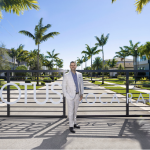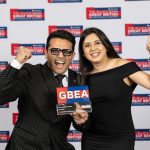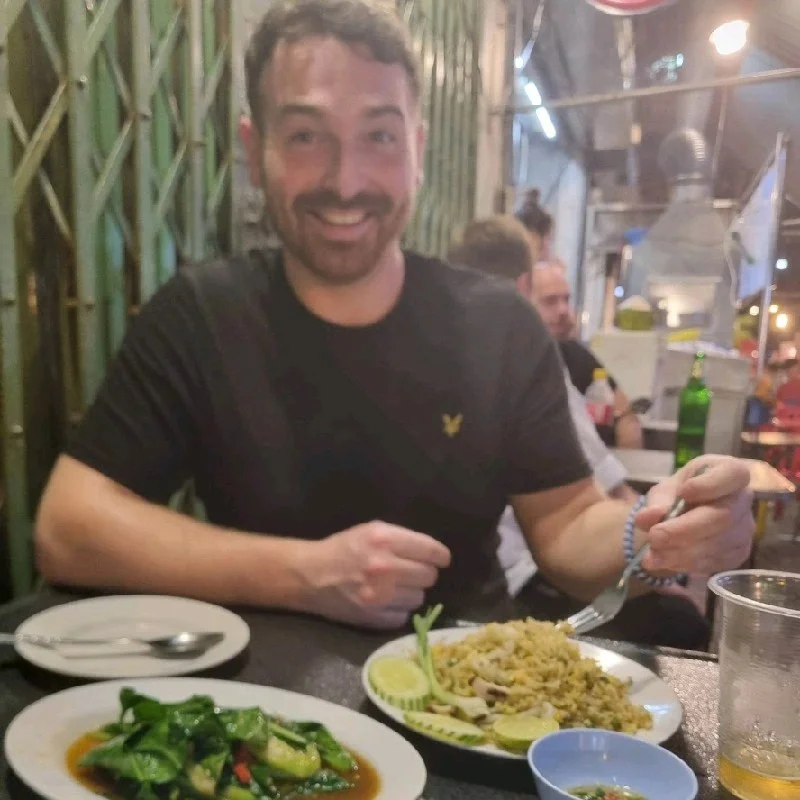Jack Truong took the CEO position at James Hardie Industries in early 2019 and restructured a stagnant building materials company into a higher-performing operation. The numbers tell the story: quarterly net sales jumped more than 50 percent, from roughly $600 million to over $900 million. Adjusted quarterly net income more than doubled, climbing from around $75 million to $160 million. Market capitalization grew from $4.5 billion to $18.5 billion—an increase of more than $13 billion.
Then Truong departed in January 2022. Within three years, James Hardie's market value had declined by approximately half, falling to around $9 billion by mid-2025 and prompting questions about whether the changes had been embedded deeply enough to survive his exit.
A Stalled Operation
James Hardie had plateaued when Truong arrived. Quarterly sales hovered between $500 million and $600 million, reflecting modest single-digit growth. Market capitalization sat around $5 billion. The company functioned primarily as a B2B supplier, selling building materials to contractors and distributors with limited direct connection to end consumers. Regional divisions operated with their own procedures and priorities. The fragmented structure created inefficiencies and limited the organization's ability to scale operations or respond quickly to market opportunities.
"I saw the opportunities of transforming a regional-based company into a global company with multiple engines for growth" Truong told CEO Magazine. "It's a company where I identified the potential to utilize my experience and skill set as a global business leader to build its potential from a regional company to become a global, sustainable, and profitable growth company."
Truong brought an approach he had refined at 3M and Electrolux, built around three core principles.
Breaking Down Silos
Truong's initial focus was dismantling the company's regional power structures and implementing unified lean manufacturing principles across all operations. Division heads who had operated with considerable autonomy found themselves working within standardized operating procedures designed for maximum efficiency.
The change required overcoming entrenched resistance. "Even though more than 99% of employees supported the transformational initiatives that I was leading, there were a few legacy employees who didn't like all the big changes and new ways of doing things," Truong said.
The lean approach emphasized continuous improvement and waste elimination. Creating a unified operational framework allowed James Hardie to leverage best practices and resources across all facilities and respond more quickly to market demands.
Reaching End Users
Truong reoriented the company toward end consumers rather than maintaining an exclusive focus on B2B relationships. James Hardie began investing heavily in direct-to-consumer marketing and brand building.
The shift required rethinking product development, pricing models, and manufacturing priorities. Understanding end-user needs allowed the company to design products that commanded premium pricing and build brand loyalty that transcended individual contractor relationships. The consumer focus enabled James Hardie to identify unmet market needs and develop solutions that differentiated its products from commoditized alternatives.
Concentrating Resources
Truong applied rigorous prioritization—identifying the critical 20 percent of activities that would drive 80 percent of results. Leadership teams were required to identify the most impactful opportunities across the enterprise and concentrate efforts accordingly.
"You've got to get into the market and really understand what's going right and what's not going right for your company from different constituents—consumers, customers, employees, and owners," Truong explained.
Marketing campaigns focused on the highest-potential customer segments. Production capacity was allocated to the most profitable product lines. R&D investments targeted the innovations with the greatest commercial potential. The disciplined approach to resource allocation enabled James Hardie to execute at speed and scale.
Results Under Truong
The transformation delivered immediate results. Quarterly net sales grew consistently from the $600 million range in 2019 to over $900 million by early 2022. Quarterly adjusted net income more than doubled from approximately $75 million to over $160 million. During his three years as CEO, the company's market capitalization grew more than $13 billion (up 370 percent), organic annual revenue increased by more than $1 billion (up 45 percent), and net profits rose by more than $260 million (an 85 percent gain).
James Hardie maintained strong performance despite COVID-19's impact on construction markets. While many building materials companies struggled with supply chain disruptions and demand volatility, James Hardie's North American operations continued delivering consistent double-digit volume growth in 2020 and 2021.
Share prices rose from around $11 in early 2019 to near $42 by the end of 2021, reflecting investor confidence in the company's direction and execution.
After Truong's Departure
The gains proved difficult to sustain. Within two quarters of the leadership change, growth momentum began slowing. Quarterly sales plateaued around $920 million by 2023, and adjusted net income showed signs of declining from peak levels. North American volume growth turned negative in eight out of the past 11 quarters.
Stock prices fell from peaks near $42 during Truong's tenure to around $18 by August 2025—a nearly 60 percent decline. Louisiana Pacific, James Hardie's main competitor, saw its share price increase 30 percent during the same period. The iShares US Home Construction ETF increased 45 percent. The S&P 500 expanded by 30 percent.
Industry observers noted that several elements of Truong's approach appeared to be diluted or abandoned following his exit. Consumer marketing initiatives lost focus. Operational discipline relaxed. The company seemed to revert to some of its previous siloed behaviors.
Lessons for Corporate Transformations
The James Hardie case demonstrates how quickly organizational culture can revert to previous patterns without consistent leadership reinforcement. Truong's lean manufacturing principles and consumer-focused methods delivered results, but their sustainability depended on continued leadership commitment.
The rapid decline in performance metrics following Truong's departure suggests that operational improvements were not fully embedded in organizational systems and processes. True transformation requires building capabilities that survive leadership changes, not just implementing new procedures.
The disciplined focus on high-impact priorities that characterized Truong's tenure appears to have been difficult to maintain. Without strong leadership committed to making tough choices about resource allocation, organizations drift toward pursuing too many initiatives with insufficient focus.
"You can't please everybody, and I think there are a lot of leaders out there that are afraid to make those tough decisions," Truong said. "That's when you create chaos and dissatisfaction among the employees, because they have no clear direction."
The case also raises questions about board effectiveness in managing leadership transitions. The performance reversal suggests either inadequate succession planning and/or insufficient board oversight during the transition period.
Broader Implications
James Hardie's experience reflects broader challenges facing corporations attempting large-scale transformations. Many companies achieve impressive short-term results through leadership changes and new approaches, but sustaining those improvements over time requires deep cultural and organizational changes that go beyond individual leaders.
The building materials industry has seen numerous examples of companies struggling to maintain competitive advantages as markets mature and commoditization pressures increase. James Hardie's period of exceptional performance under Truong demonstrated the potential for differentiation through operational excellence and consumer focus, but also highlighted the fragility of such advantages.
For investors, the case serves as a reminder that evaluating corporate transformations requires looking beyond immediate financial metrics to assess the sustainability of underlying changes. Impressive quarterly results can prove temporary if they depend too heavily on individual leadership rather than embedded organizational capabilities.
James Hardie's story continues to unfold, but the lessons are clear: corporate transformation demands more than vision and operational excellence—it requires building organizational capabilities and cultural changes that can endure beyond any single leader's tenure. Companies that master this challenge will find themselves with sustainable competitive advantages, while those that don't may discover that even impressive transformations can prove fragile.














